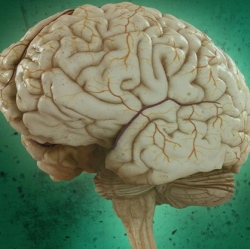
Pilots of the future could fly a plane by just thinking commands, say scientists. The system uses electroencephalography (EEG) to detect brain waves. An algorithm developed by scientists from Team PhyPA deciphers electrical potentials and converts them into commands. “A long-term vision of the project is to make flying accessible to more people,” explains Tim Fricke, who heads the project.
“With brain control, flying could become easier. This would reduce the work load of pilots and thereby increase safety. In addition, pilots would have more freedom of movement to manage other manual tasks in the cockpit.” Seven subjects took part in flight simulator tests. They had varying levels of flight experience, including one person without any cockpit experience.
The accuracy with which the test subjects stayed on course by merely thinking commands would have sufficed, in part, to fulfill the requirements of a flying license test, the scientists say. “One of the subjects was able to follow eight out of ten target headings with a deviation of only 10 degrees,” reports Fricke. Several of the subjects also managed the landing approach under poor visibility. One test pilot even landed within only few meters of the centerline.
